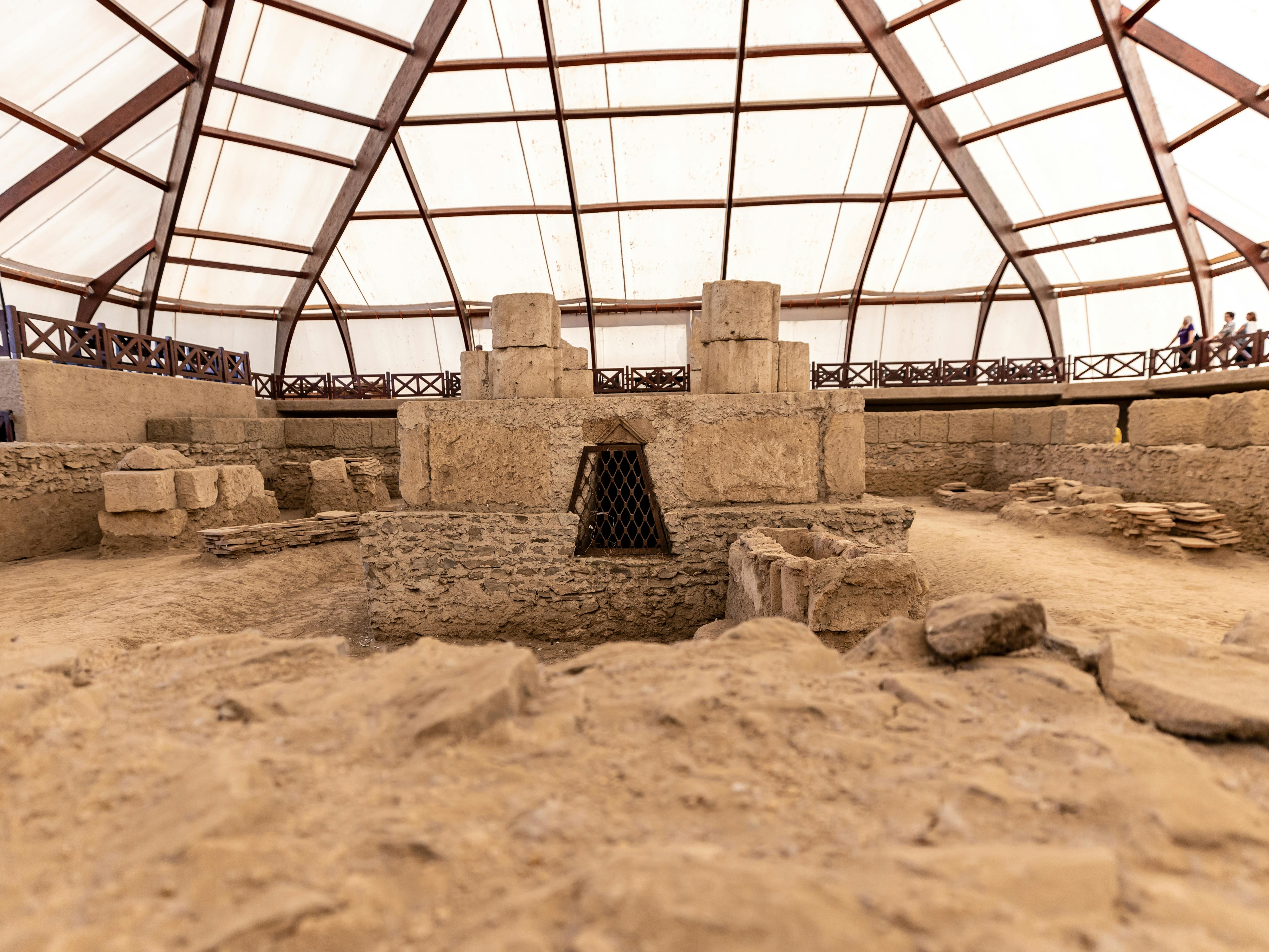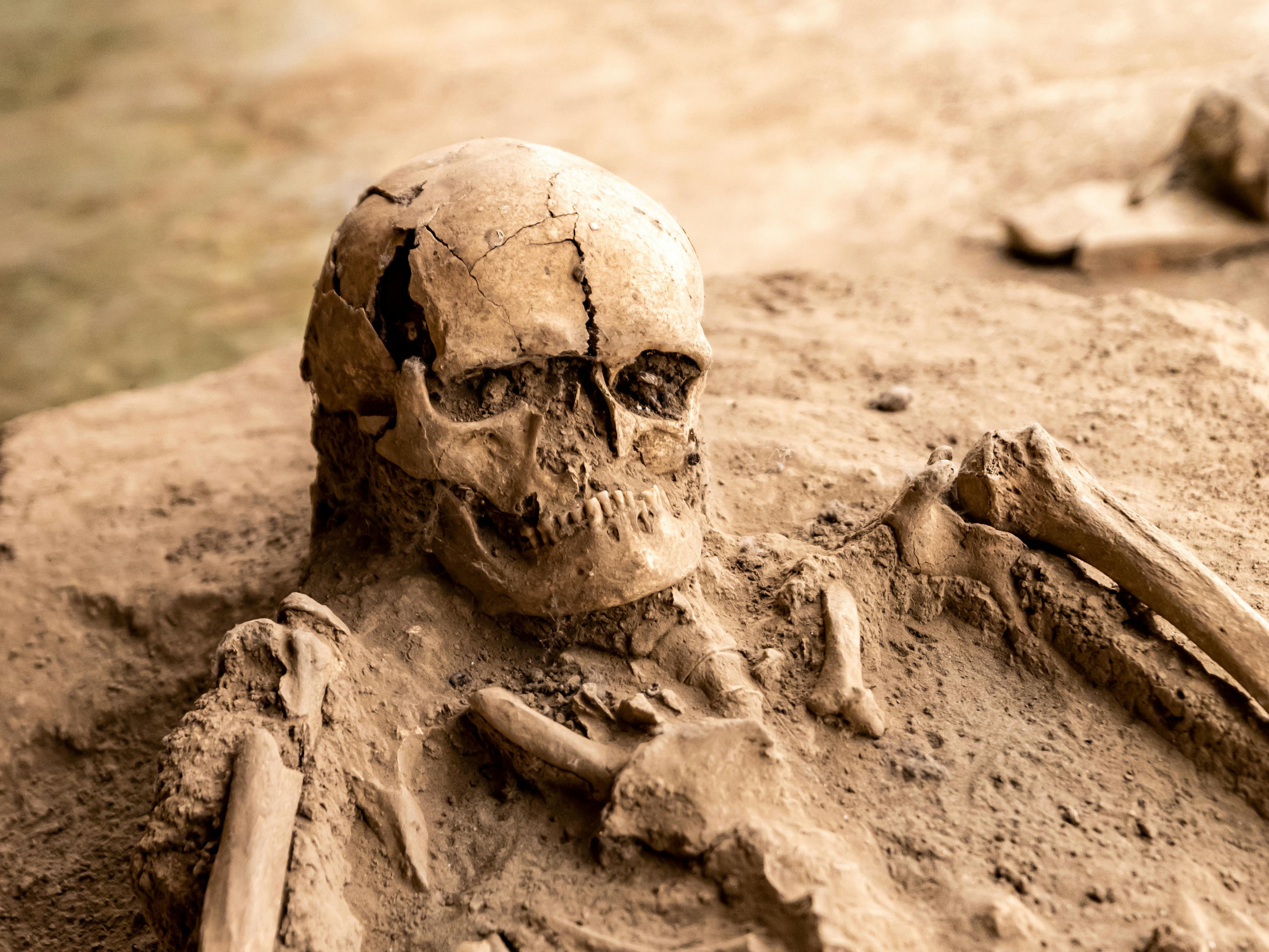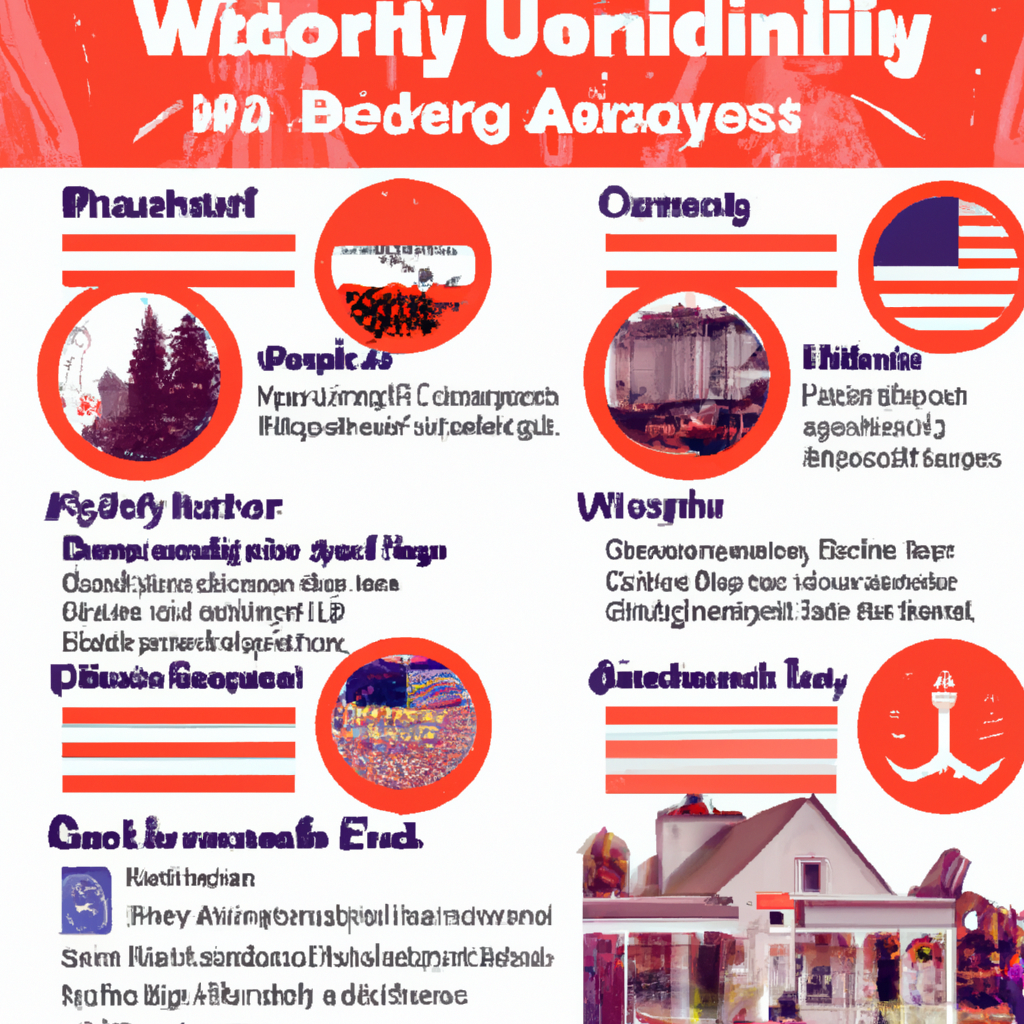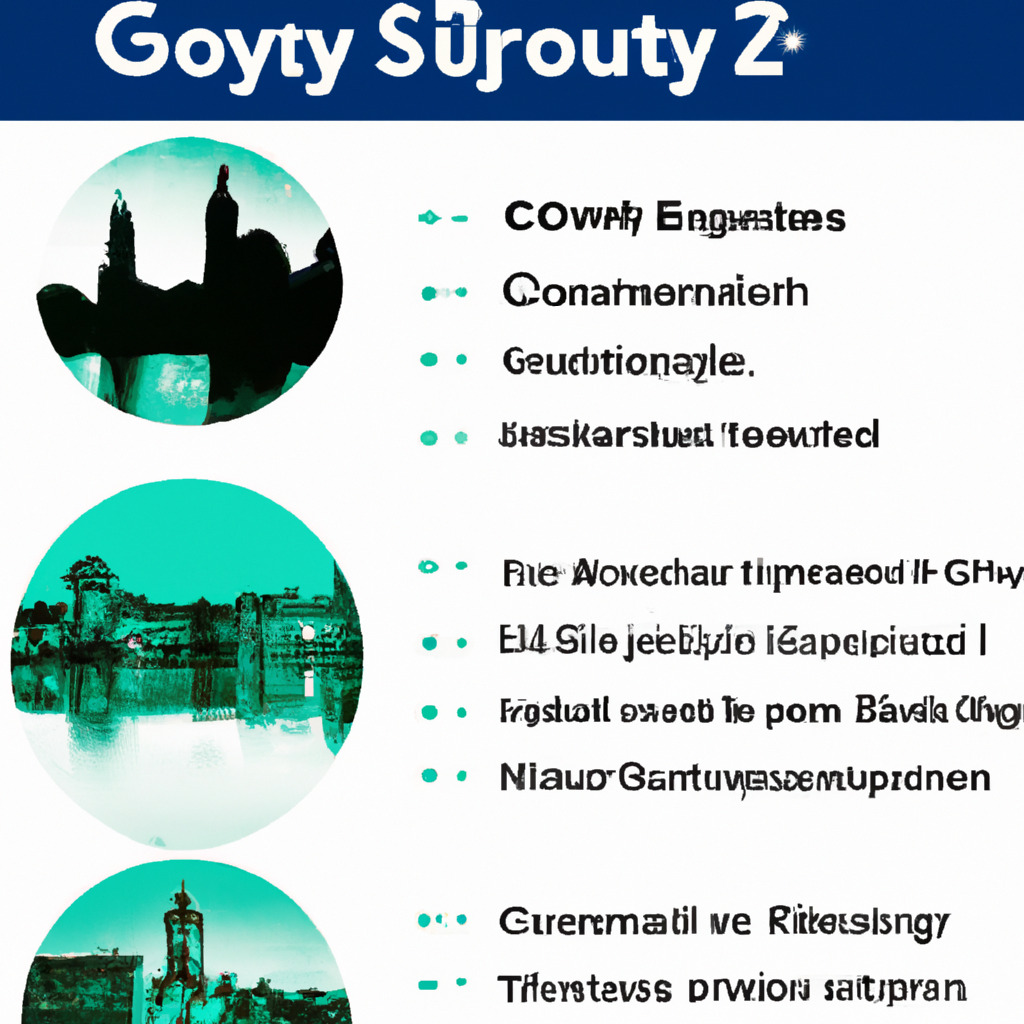Are you curious to uncover the captivating past of Woodbury, MN? Look no further! In this article, we will take you on an exciting exploration of the rich history and heritage of this charming city. From its humble beginnings as a small farming community to its transformation into a bustling suburban haven, you’ll discover the fascinating stories and landmarks that have shaped Woodbury into the vibrant place it is today. Get ready to delve into the past and embark on a journey of discovery in Woodbury, MN!

Overview of Woodbury, MN
Woodbury, MN, located in Washington County, is a vibrant city with a rich history and a strong sense of community. Situated in the eastern part of the state of Minnesota, Woodbury is known for its picturesque landscapes, well-maintained parks, and top-notch schools. With a population of over 70,000 residents, Woodbury is one of the fastest-growing cities in the state.
Geographical location
Woodbury is conveniently located just east of Saint Paul, the capital city of Minnesota. Its prime location provides easy access to major highways, making it a desirable place to live for both families and professionals. The city boasts a diverse array of residential neighborhoods, commercial areas, and recreational spaces, nestled amidst the scenic beauty of the region.

Population and demographics
Woodbury is a thriving community that continues to attract new residents from all walks of life. The city’s population is characterized by its diversity, with individuals from various ethnic backgrounds calling it home. With a median age of 36, Woodbury is a city that attracts families looking for a safe and welcoming environment. The high educational attainment of its residents, along with a robust economy, contributes to the city’s success and growth.
Pre-colonial History
Native American presence
Before European settlers arrived, the area now known as Woodbury was inhabited by several Native American tribes, including the Dakota and Ojibwe. These indigenous communities lived off the land, relying on hunting, fishing, and gathering for their sustenance. They had a deep connection to the land and held great respect for nature, leaving behind a rich cultural legacy that still influences the area today.
First European explorers
The first European explorers to set foot in the Woodbury area were French traders in the 17th century. They traversed the Minnesota River, establishing trade routes and interacting with the native tribes. These early encounters laid the foundation for future interactions between Europeans and the indigenous populations, shaping the region’s history and development.

Settlement and Early Development
Establishment of Woodbury
The formal establishment of Woodbury as a township dates back to 1844 when Levi Woodbury, a Supreme Court Justice, was honored by naming the township after him. The early settlers were primarily of European descent, hailing from places like Germany, Ireland, and Scandinavia. These pioneers were drawn to the fertile land and abundant natural resources of the area, which were ideal for farming and establishing homesteads.
Early industries and economy
As the population grew, the early settlers relied on agricultural pursuits, mainly farming and dairy production, to sustain their families and generate income. Their hard work turned Woodbury into a thriving agricultural community. In addition to farming, early industries such as milling, logging, and trading further contributed to the local economy, providing employment opportunities and spurring economic growth.
Founding families
The founding families played a pivotal role in shaping the early development of Woodbury. Names like the Hatch, Colby, and Powers families are deeply intertwined with the city’s history, as they were among the earliest settlers and actively participated in community-building efforts. Their legacy can still be felt today through various landmarks, institutions, and street names that pay homage to their contributions.
Growth and Expansion
Incorporation as a city
Woodbury’s growth and development continued over the years, eventually leading it to be incorporated as a city in 1967. This milestone marked a turning point for Woodbury, solidifying its identity as an independent municipality. The incorporation enabled the city to establish local governance, planning committees, and infrastructure improvements, setting the stage for continued growth and prosperity.
Significant historical events
Throughout its history, Woodbury has witnessed significant events that have shaped the fabric of the city. From the construction of the first schoolhouse and the establishment of the first post office to the development of transportation networks like railroads and highways, these milestones have had a lasting impact on the city’s infrastructure, civic institutions, and overall character.
Infrastructure development
In recent decades, Woodbury has experienced rapid expansion and seen the development of modern infrastructure to meet the needs of its growing population. The city has invested in building schools, libraries, parks, and recreational facilities, all with the aim of creating a livable and inclusive community. The strategic planning and vision of local leaders have transformed Woodbury into a thriving city with robust amenities and services.

Historic Landmarks and Buildings
Preservation of historical sites
Woodbury takes pride in preserving its historical sites and landmarks, ensuring that future generations can appreciate the city’s storied past. The Woodbury Heritage Society, in collaboration with local authorities, works diligently to protect and maintain these sites. From the iconic Miller Barn to the quaint Stone Cottage, these historical landmarks serve as a reminder of Woodbury’s roots and provide glimpses into its early days.
Notable architectural styles
Woodbury showcases a variety of architectural styles that reflect its history and the changing trends of different eras. From traditional farmhouses and Victorian-style homes to contemporary designs, the city’s neighborhoods exhibit a vibrant blend of architectural aesthetics. These diverse architectural styles add to the city’s charm and contribute to its unique character.
Cultural Heritage
Ethnic diversity
Woodbury embraces its diverse population and celebrates the myriad of cultures that add to its vibrant fabric. With residents hailing from various ethnic backgrounds, the city fosters an inclusive environment that promotes cultural exchange and understanding. Festivals, cultural events, and community organizations provide opportunities for residents to come together, share their traditions, and celebrate their heritage.
Cultural institutions and events
Woodbury is home to several cultural institutions and organizations that actively promote and preserve different ethnic traditions. The East Metro Symphony Orchestra, for example, showcases musical talents from diverse backgrounds, while the Woodbury Community Theatre presents a wide range of theatrical performances. These institutions enhance the city’s cultural landscape and offer residents opportunities to engage with the arts.

Woodbury’s Contribution to History
Notable individuals
Woodbury has produced and been home to notable individuals who have made significant contributions to various fields. From acclaimed author Kate DiCamillo, known for her beloved children’s books, to professional athletes and business leaders, the city takes pride in the achievements of its residents. The unwavering support and nurturing environment of Woodbury have fostered the growth and success of these talented individuals.
Impact on regional or national history
Lying in close proximity to the Twin Cities metropolitan area, Woodbury’s influence extends beyond its borders. The city’s active role in regional politics, economic development, and cultural initiatives has contributed to the growth and prosperity of the surrounding region. Woodbury’s dedication to maintaining a high standard of living and being a desirable place to live has garnered recognition and admiration on a national level.
Historical Societies and Museums
Local historical societies
Woodbury is fortunate to have dedicated historical societies that are committed to researching, preserving, and sharing the city’s history. The Woodbury Heritage Society, in particular, plays a significant role in collecting and documenting artifacts, oral histories, and photographs related to Woodbury’s past. These societies organize educational programs, exhibits, and guided tours, allowing residents and visitors alike to delve into the city’s history.
Museums showcasing Woodbury’s history
With a growing interest in Woodbury’s rich history, the city is establishing museums that serve as repositories of its past. These museums are designed to capture the spirit of Woodbury and display artifacts and exhibits that offer insights into various aspects of the city’s history. Visitors can explore the city’s journey from its early settlement days to the present, gaining a deeper understanding of the city’s heritage.
Researching Woodbury’s History
Local archives and resources
For those eager to delve into the history of Woodbury, the city offers numerous local archives and resources. The Woodbury Library, in collaboration with historical societies, maintains a wealth of historical records, photographs, and documents, providing a treasure trove of information for researchers and history enthusiasts. These local resources offer a fascinating glimpse into the past and help piece together the intricate story of Woodbury.
Online databases and resources
In the digital age, researching Woodbury’s history has become more accessible than ever. Online databases and resources provide a wealth of information, allowing individuals to explore the city’s past from the comfort of their homes. Websites and platforms dedicated to local history often contain digitized records, historical photographs, and personal accounts, making it easier for individuals to engage with Woodbury’s heritage from anywhere in the world.
Appreciating Woodbury’s Heritage Today
Preservation efforts
Preserving Woodbury’s heritage is of utmost importance to the community, and numerous initiatives are in place to ensure its conservation. The city enforces regulations to protect historic sites and encourages property owners to maintain the historical integrity of buildings. By raising awareness and providing incentives, Woodbury fosters a sense of collective responsibility towards preserving its heritage for future generations.
Community events and celebrations
Woodbury hosts a variety of community events and celebrations that provide opportunities for residents to come together and appreciate the city’s heritage. Festivals like Woodbury Days and Heritage Days embrace the city’s history and culture, featuring live music, parades, food, and historical exhibits. These events foster a strong sense of community and serve as a reminder of the shared heritage that connects the residents of Woodbury.
In conclusion, the history and heritage of Woodbury, MN, run deep within the city’s foundations. From its Native American roots to the present-day cultural diversity, the city’s story is one of growth, resilience, and community spirit. With a commitment to preserving its past and nurturing its present, Woodbury stands firm as a city that honors its history while embracing a bright future.

